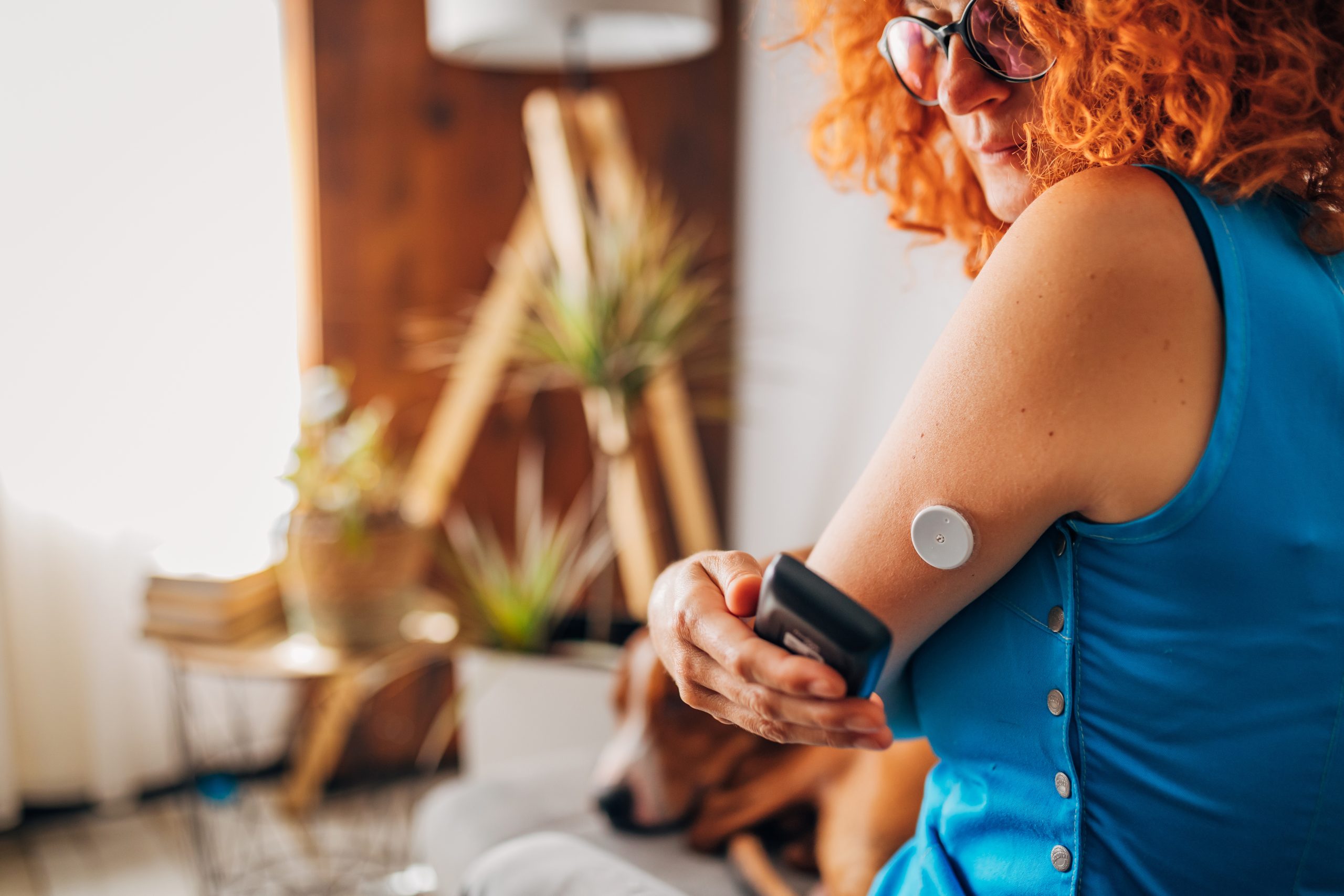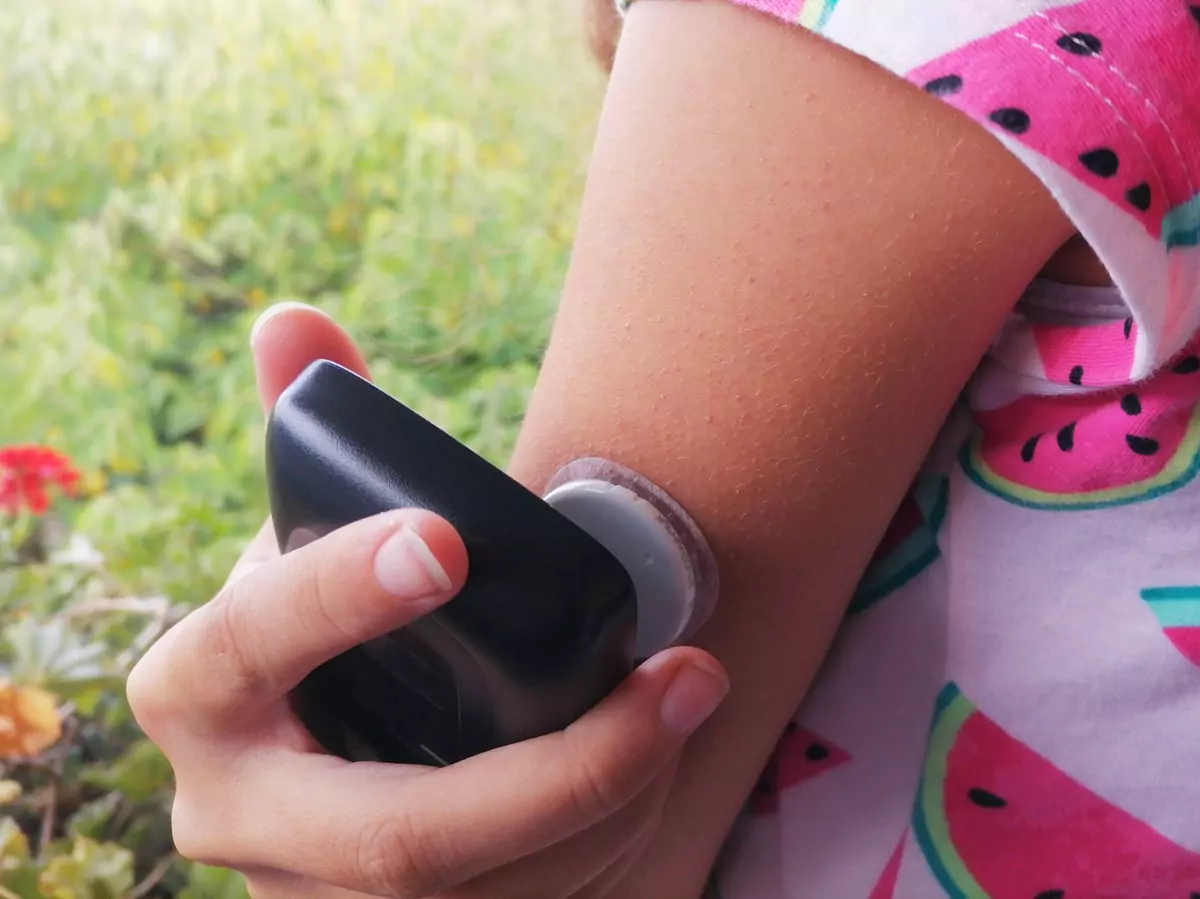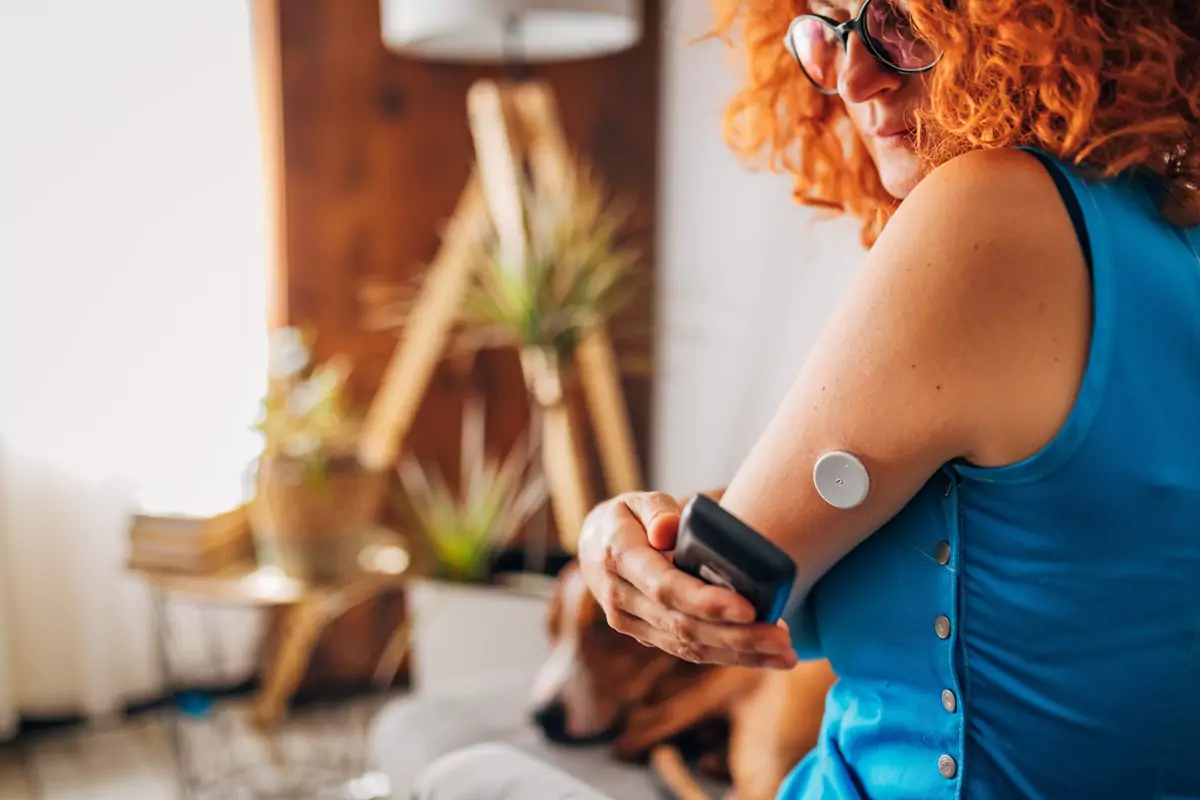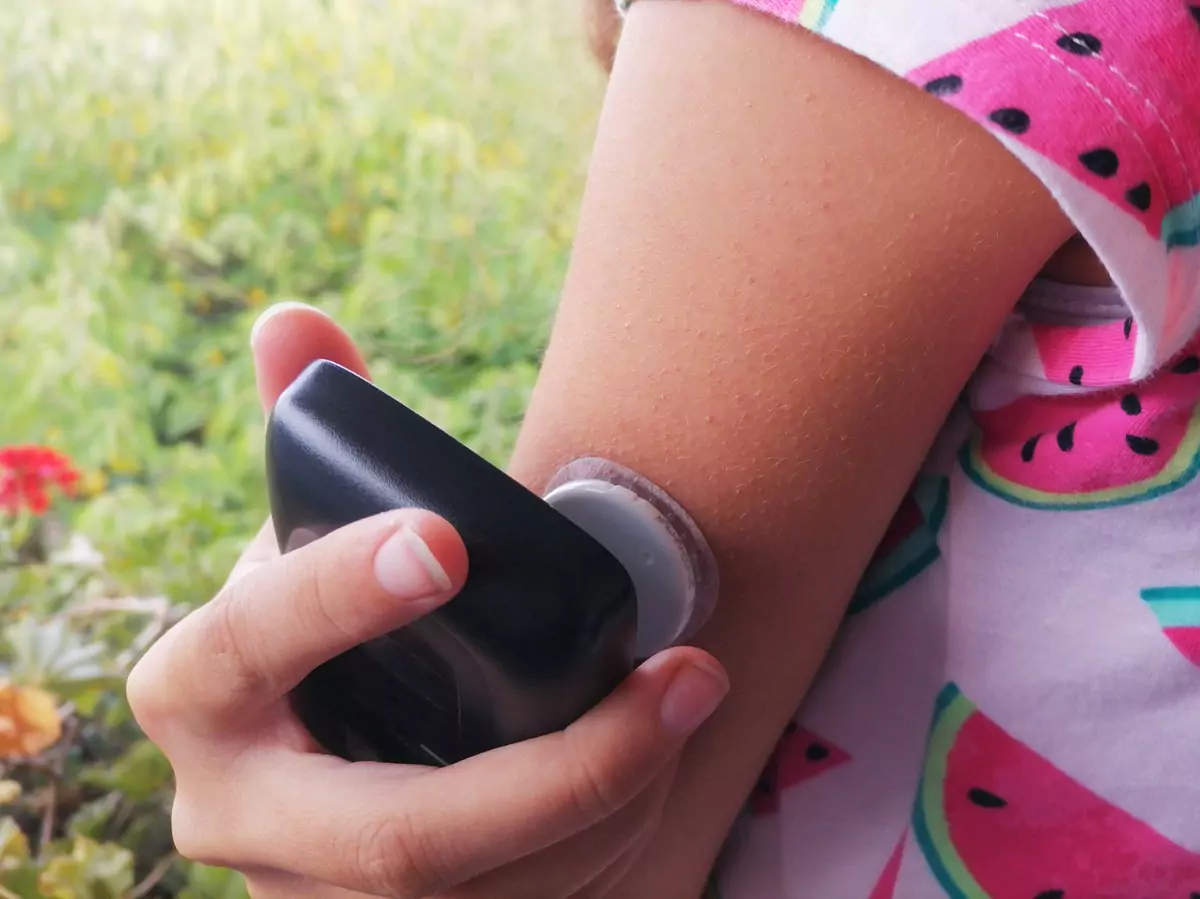Holiday Sale






Where Does Dexcom Transmitter Go?


Table of Contents
- An Overview of Dexcom
- The Role of the Dexcom Transmitter
- Where Does Dexcom Transmitter Go?
- The Importance of Correct Placement
- How to Install the Dexcom Transmitter
- Maintenance and Lifespan of the Dexcom Transmitter
- The Cost of Dexcom
- Dexcom vs. Traditional Glucose Monitoring Methods
- Summary and Key Takeaways
- About The Author
Glucose monitoring has always been a vital aspect of managing diabetes. With the advent of Dexcom, a groundbreaking development in continuous glucose monitoring (CGM) technology, the task of tracking blood glucose levels has become significantly easier. Now, what exactly is Dexcom, and where does the Dexcom transmitter go? Read on to find out.
An Overview of Dexcom
Dexcom, in essence, is a game-changer in the world of diabetes management. It provides real-time glucose readings, trends, and alerts, thereby enabling users to manage their glucose levels more effectively. The system consists of three key components: a sensor, a transmitter, and a receiver or compatible smart device.
The Role of the Dexcom Transmitter
The Dexcom transmitter is a pivotal component of the CGM system. It collects data from the sensor and sends it wirelessly to the display device, thus providing real-time glucose readings. A compact, waterproof device, the transmitter fits comfortably on your body and can last up to three months.
Where Does Dexcom Transmitter Go?
The question that everyone wants an answer to: "Where does the Dexcom transmitter go?" The Dexcom transmitter should be attached to the sensor, which is inserted under the skin of the abdomen or upper buttock area. The transmitter snaps into the sensor pod and remains there for the duration of sensor use, typically 10 days.
The Importance of Correct Placement
Ensuring correct placement of the Dexcom transmitter is paramount for accurate readings. It should be inserted in fatty tissue, avoiding areas where clothing may rub or cause pressure. The abdomen and upper buttock are ideal, as they typically have sufficient fatty tissue and are less prone to physical interference.
How to Install the Dexcom Transmitter
Firstly, you'll need to insert the sensor into your skin. This is done using an automatic applicator specifically designed for the task, ensuring the procedure is as comfortable as possible. The insertion site is usually the abdomen or the upper buttock area, places known for their adequate fatty tissue, which is ideal for the sensor.
Insertion of the sensor is a significant step, but not the culmination of the process. After the sensor finds its new home under your skin, you will then need to attach the Dexcom transmitter. This little device is what makes real-time glucose monitoring possible.
It collects data from the sensor and then sends it wirelessly to your display device. The transmitter is designed to 'snap' into the sensor pod, a straightforward step that securely fastens the two components together.
Maintenance and Lifespan of the Dexcom Transmitter
After this three-month period, the transmitter will need to be replaced. Remember, it's the powerhouse of your Dexcom system, the part responsible for transmitting the crucial glucose data to your display device. As such, ensuring its optimal functioning is paramount.
To make the most of your Dexcom transmitter's lifespan, there are certain guidelines you should follow. One of the most critical tips is to handle the device with care. Avoid any actions that might compromise its integrity, such as applying excessive force or dropping it.
The Dexcom transmitter is also designed to be waterproof, but it's advisable to keep it as dry as possible. Long-term exposure to moisture could potentially harm the device's functionality. Therefore, when bathing, swimming, or engaging in any water-based activities, take the necessary precautions to protect the transmitter.
The Cost of Dexcom
Now, let's talk about the Dexcom cost. The price can vary depending on your healthcare provider, insurance coverage, and where you live. On average, the Dexcom G6 cost without insurance ranges from $350 to $400 for the transmitter, with each sensor (needed every ten days) costing around $60 to $85. It's important to discuss options with your healthcare provider or insurance company to understand potential out-of-pocket expenses.
Dexcom vs. Traditional Glucose Monitoring Methods
Dexcom offers distinct advantages over traditional glucose monitoring methods. With its continuous monitoring, it provides a more comprehensive picture of glucose trends, and its alert feature can warn you of potential hypo- or hyperglycemia, enhancing safety and peace of mind.
Summary and Key Takeaways
To sum up, Dexcom is a revolutionary tool in diabetes management, providing real-time, continuous glucose monitoring. The Dexcom transmitter, a critical component of the system, is installed on the sensor, which is placed under the skin of the abdomen or upper buttock area.
Correct placement is key to ensure accurate readings. The Dexcom system, while somewhat costly, can be a worthwhile investment for those seeking a more comprehensive and convenient way to manage their glucose levels. It represents a significant leap forward in diabetic care, and the peace of mind it offers is truly invaluable.
About The Author
Meet Dr. Ahmet Ergin a highly skilled and dedicated endocrinologist with a passion for diabetes care. Dr. Ergin earned his medical degree with honors from Marmara University in Istanbul. He completed internal medicine residency and endocrinology fellowship at Cleveland Clinic.
Dr. Ergin is board-certified in Internal Medicine, Endocrinology, Diabetes, and Metabolism due to his vast medical expertise. He's a certified diabetes educator, author of "The Ultimate Diabetes Book," and founder of "the SugarMD YouTube channel."
Dr. Ergin offers exceptional diabetes care to his patients in Port Saint Lucie, FL, helping them manage effectively. Disclaimer: These statements have not been evaluated by the Food and Drug Administration. Information on this website isn’t intended to treat, cure or prevent any disease. Discuss with your doctor and do not self-treat.
Written By Dr. Ahmet Ergin
461 total articles
Meet Dr. Ahmet Ergin, a highly skilled and dedicated endocrinologist with a passion for diabetes care. Dr. Ergin earned his medical degree with honors from Marmara University in Istanbul. He completed internal medicine residency and endocrinology fellowship at Cleveland Clinic. Dr. Ergin is board-certified in Internal Medicine, Endocrinology, Diabetes, and Metabolism due to his vast medical expertise. He's a certified diabetes educator, author of “The Ultimate Diabetes Book,” and founder of “the SugarMD YouTube channel.” Dr. Ergin offers exceptional diabetes care to his patients in Port Saint Lucie, FL, helping them manage effectively. For a closer look into his insights and experiences, connect with Dr. Ahmet Ergin on LinkedIn, Instagram, and YouTube.”
Disclaimer: These statements have not been evaluated by the Food and Drug Administration. Information on this website isn't intended to treat, cure or prevent any disease. Discuss with your doctor and do not self-treat.
Products















